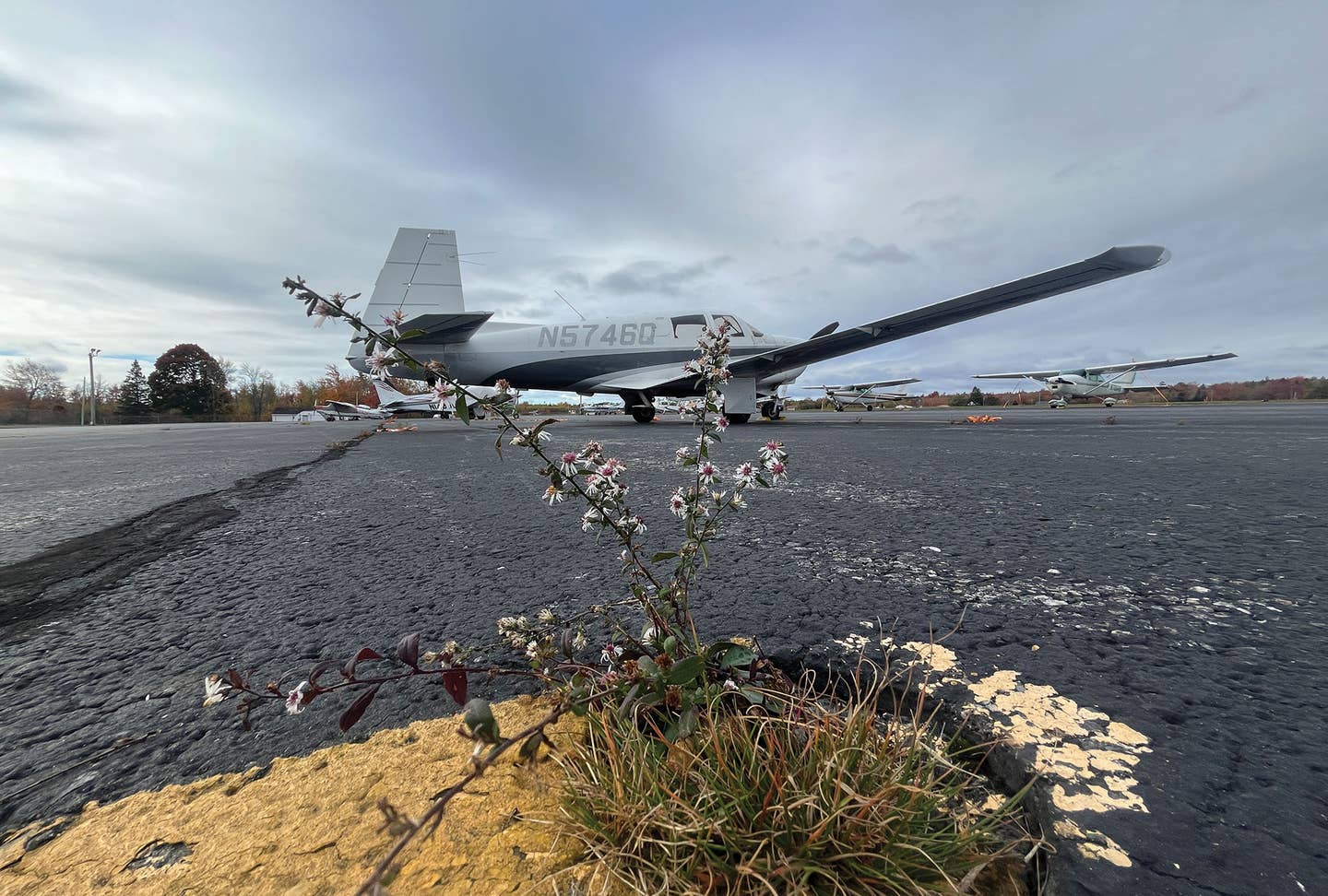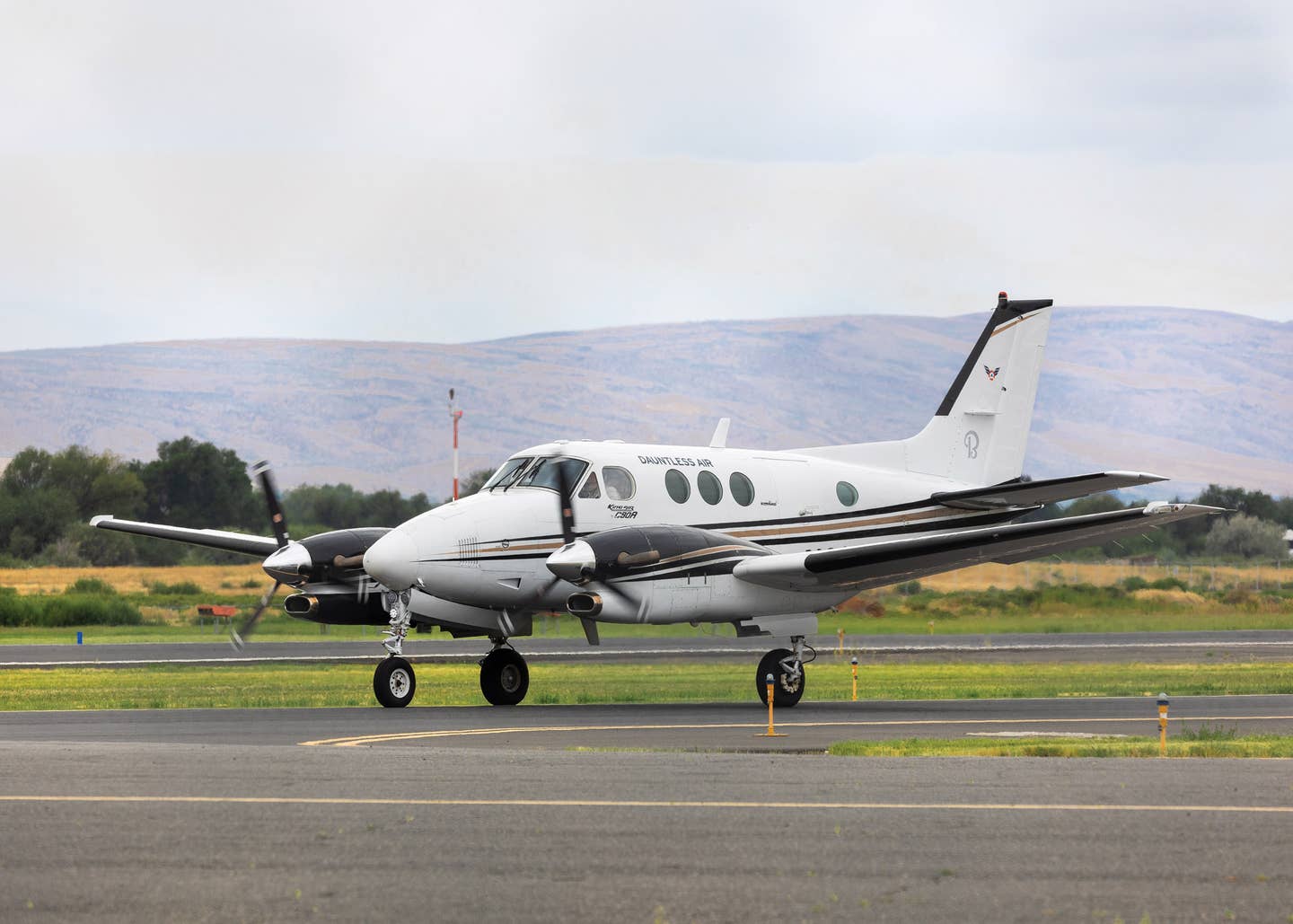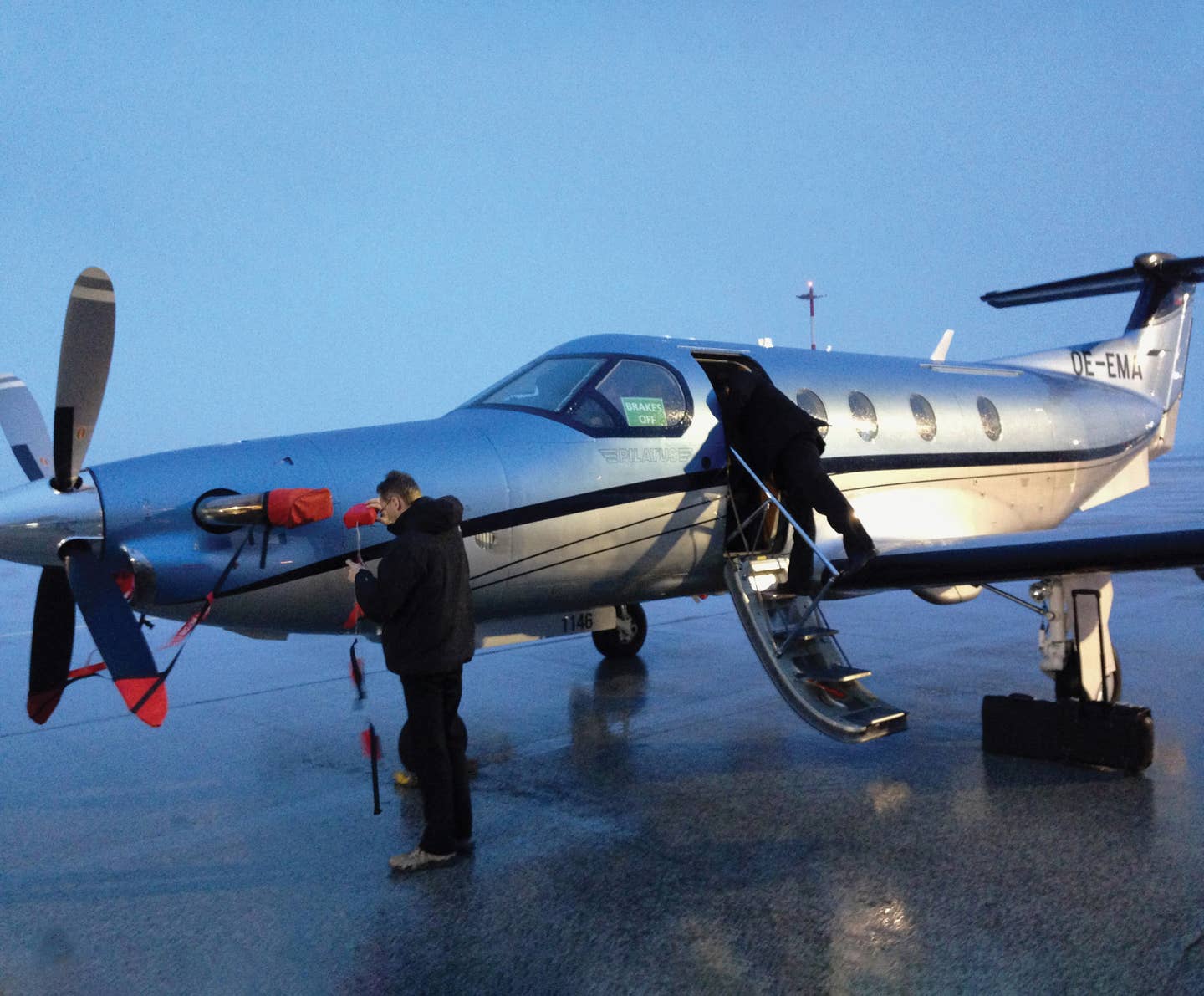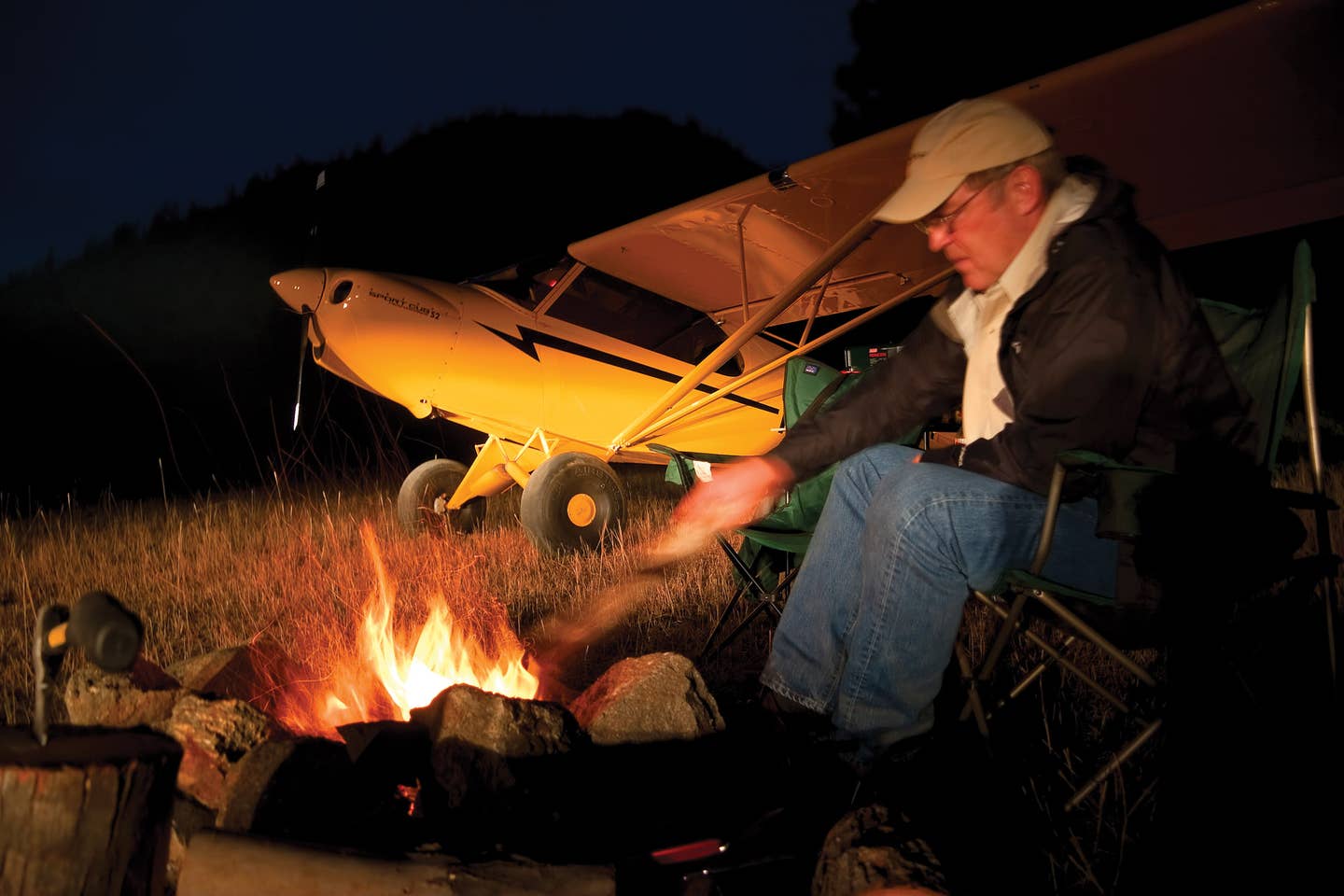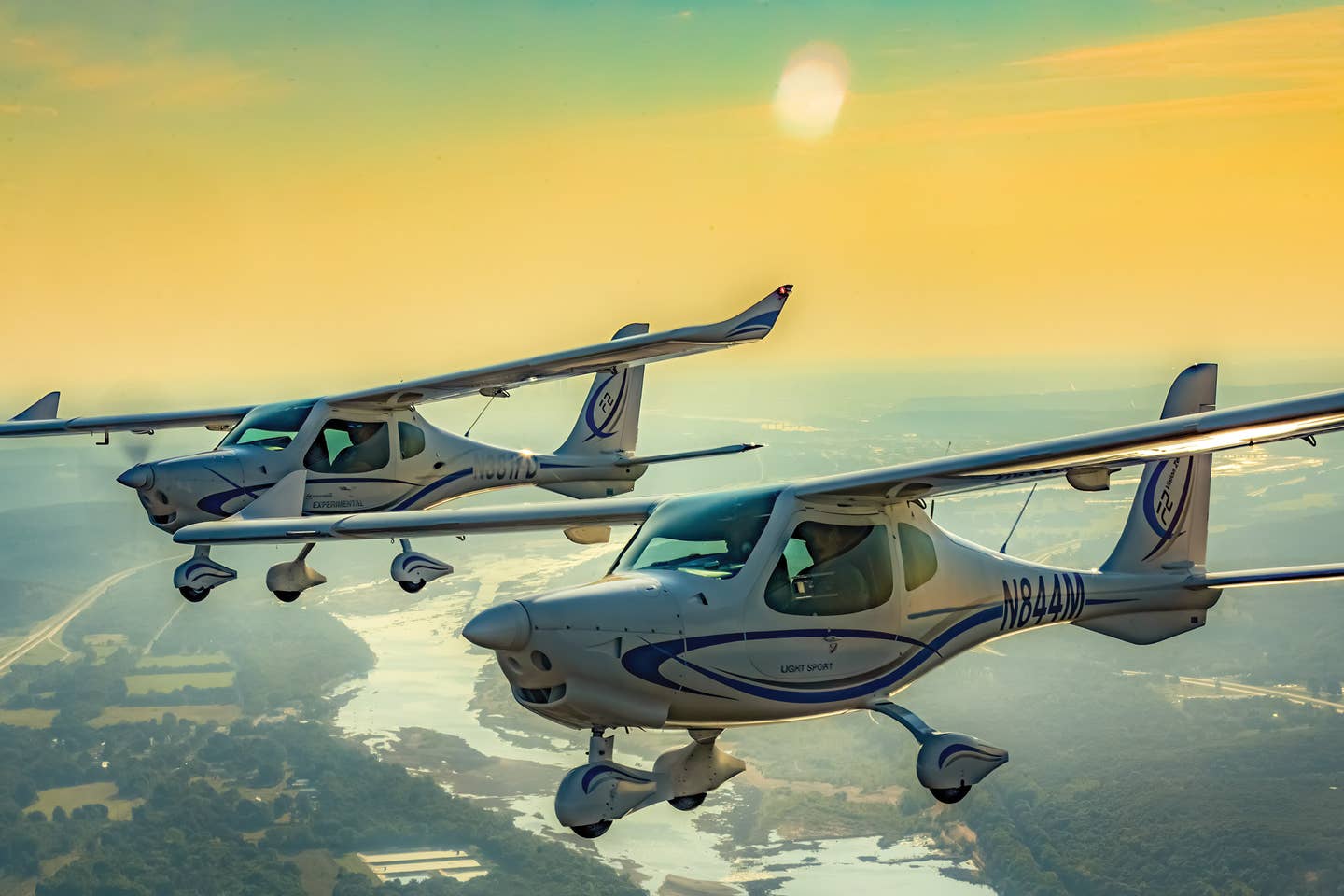Hamilton aEro: New Era In Flight
Will battery-powered planes democratize aerobatics? Sure looks like it.
Raron, Switzerland: This little Alpine village, also the final resting place of the celebrated poet Rainer Maria Rilke, is tucked away in the Canton of Valais. Here, you can almost hear him polishing his lines: "To write a single verse, you must first see many towns, people and things; you need to know the animals, and feel how the birds fly."
A few nautical miles from the mythical Matterhorn and Zermatt is theSwissex-Air Force base at Raron. The runway is now in civil use, bounded by steep mountains north and south within the narrow east-west section of the River Rhône valley.
Here, you become immediately aware of why it is that echoes, noise and aerobatics aren't always seen as a neighborly affair. But neighbors around the world can now be reassured, because electric-powered aerobatic airplanes have arrived, and won't disturb their calm and "seemingly by tranquil stillness filled with the expanses and close-fanned against the ears; as though its obverse side were the song that no-one can resist," as penned by Rilke ("The Island of Sirens", 1907).
"Because low noise is on of electric airplanes' biggest strengths, we might be looking at a Golden Age of quiet-aircraft development."
If silence is golden in aviation, and one could argue that because low noise is one of electric airplanes' biggest strengths, we might be looking at a Golden Age of aircraft development in that area alone.
Yet the aEro promises so much more on so many other fronts, cost of operation, lower pilot workloads, long-lasting engines and low maintenance costs.
Strength Through Unity
We were at the launch of the aEro in the Canton of Valais at the invitation of watchmaker Hamilton. The Air Zermatt helicopters wind down rotor blades and discharge passengers in the direction of the little celebration about to take place on a platform. Nicolas Ivanoff is already there with his Extra. Speaking to the small crowd assembled for the occasion, the energetic Hamilton CEO Sylvain Dolla unveils the concept behind the Hamilton aEro. It's a single-seat electric-powered aerobatic airplane based on the Silence Twister and fitted with a Siemens motor. An event of this kind is sufficiently rare to be underscored. The watchmaker's financial support made it possible to launch a truly novel project.
As a rule, major brands prefer to be associated with the precautionary principle rather than take a risk. However, if a brand can be associated with technical evolution, sponsorship acquires a wholly different dimension and importance. It's totally thanks to Sylvain Dolla and to his credit that he asserts: "A business that fails to innovate and take risks, will fade away."
The technical burden associated with this project rests on the shoulders of its two initiators: civil engineer and champion aerobatic paraglider pilot Dominique Steffen, whose original idea it was to electrify the Twister, and Air Zermatt helicopter pilot Thomas Pfammatter, who has logged more than 10,000 hours as a mountain rescue helicopter pilot. In just 18 months, their Hangar 55 company developed and flew this magnificent, electric-powered, single-seat airplane, whose wing bears more than a passing resemblance to the Supermarine Spitfire. Credit must also go to the CEO of Demont Technologies, electrical engineer Sébastien Demont (also ex-chief of electrical systems on Bertrand Piccard's Solar Impulse), who was responsible for the electrical integration and interface in the Hamilton project. In addition, there was the President of Aircraft for the Siemens electrical engineering corporation, Dr. Frank Anton. That comes as no surprise, because he has been behind all the electrically powered aircraft projects with which Siemens has been associated: the Diamond DA36 E-Star, Pipistrel Alpha Electro, Magnus eFusion, Extra LE, E-Fan and now the Hamilton aEro.
Since we test flew the piston-powered version of the Silence Twister in company with its designers and test pilots Michel Sudre, Didier Ilcinkas and Crispin Brown, we've been completely won over by this airplane, whose performance is reminiscent of the CAP 10, but at a much lower cost. This airplane looks like a little fighter and has handling characteristics to match. The British Twister Aerobatics Team has put on sensational displays at air shows. In spite of the relatively high kit cost (+/- $52,200), the operating costs nevertheless seem very attractive. Added to this, the Twister has a superb shape and can be assembled or disassembled for transport in just a few minutes. The kit was designed and is manufactured by brothers Matthias and Thomas Strieker (silence-aircraft.de), who were present for the first public flight of the aEro.
Electric-powered aerobatics offers the prospect of a totally new field of activity. The pilot can perform more rolls without increasing sink speed and pursue a somewhat less physical aerobatic style. New figures become possible with a variable-pitch propeller. The electric motor delivers power across the entire propeller and is efficient at between 1,000 and 3,000 rpm. The torque is fabulous.
Technical Challenges
Ninety years ago, U.S. Admiral Richard E. Byrd flew over the North Pole wearing a Hamilton watch. Almost one century later, Dominique Steffen unbuckled a Hamilton Khaki Takeoff from his wrist, fixed it to the instrument panel and took off in an electric-powered aerobatic airplane---two pioneering moments a century apart, but adopting fundamentally different technologies. It seems that with electric power, we're now rediscovering the roots of aviation: Flights are of relatively short duration and accompanied by a steady improvement in technologies, holding out promise of future gains.
Originally named the Silence Twister, this electric-powered airplane couldn't now be more aptly named. There's no need for engine warm-up time, no magneto or noisy power checks prior to takeoff. Said Nicolas Ivanoff, "I was surprised when I started taxing that the motor stopped when I pulled back the power. But once airborne, after two minutes you completely forget that you're flying in an electric airplane."
"It takes five minutes to charge the batteries in the wing and 20 minutes for those behind the motor. Development is moving toward a plug-and-play solution."
There's no whiff of avgas, not an ounce of CO2; this is a Swiss airplane of a unique genre. Noise reaching ground observers is muffled and quite insignificant.
By the day of its first public demonstration flight, the aEro had flown nearly 30 test hours. With batteries, the empty weight is 703 pounds while the MTOW is 925 pounds. The ground-adjustable,three-blade, carbon and wood prop is by Woodcomp. Altogether, the batteries weigh 352 pounds and are located in the wings and behind the motor. The motor and control unit weigh but 29 pounds. It takes five minutes to change the batteries in the wings and 20 minutes for those behind the motor. However, development is moving toward a "plug-and-play" solution to simplify operation.
Says Pfammatter, "At present, maximum endurance is an hour at 92 kts. You only need 30 kW of energy in order to fly. You could also fly 20 minutes of aerobatics, plus two 10-minute transits."
Today, the aEro rolls at 270°/second, but an Extra-type wing is being designed to reach a roll speed of 400°/sec. Other developments include a sub-fuselage concealed pod for a thermally boosted battery charger for positioning flights.
Adds Demont, "We use lithium batteries, but that calls for a complex electronic control system. On the Solar Impulse, we needed only a fairly small current, but it was running for many hours. It's the other way around for aerobatics, where the discharge is very rapid. We draw a large current, calling for a particular type of electronics and simultaneous communication with 108 battery cells. Because it's an aerobatic aiplane, we need lots of energy on instant demand and must manage battery demand in real-time. The technical challenge is to draw current at up to a maximum of 200 amp/hr at 450 volts. So I programmed the controller to respond in less than a millisecond."
Demont is also an aerobatic pilot with 1,000 hours in sailplanes and the Cap 10. He has translated the electrical information into a form understandable to a power pilot: fuel level, energy remaining expressed in volts, the current, and "inlet manifold pressure" expressed in Ampères. Then there's the current and the power delivered by the motor. The power lever regulates current.
Another technical issue was how to get the center of gravity right because the electric motor is much lighter than a piston engine. Careful choice of battery location resulted in good handling characteristics. Locating batteries within the wings has less of an effect than those positioned elsewhere. There's no technical electrical problem with respect to inverted flight; the sole limitations relate to the water-cooling systems, which require a boost when inverted. At low power, air-cooling suffices, but at high power, cooling requires a regulated combination of air and water. The Siemens electric motor shaft spins at 11,000 rpm driving a reduction gear to turn the prop at up to about 2,900 rpm. There are substantial lateral forces acting on the prop in aerobatic flight. The shaft ball bearing assembly and reduction gear were specially designed and built for aerobatics.
The Way Forward
"This airplane and this technology will make it possible for young people to try aerobatics at much less cost," says Dolla. "We want to establish a long-term project with our partners. We've been working with Nicolas Ivanoff and Air Zermatt for 10 years. But we're also partnered with events such as Oshkosh and the Free Flight World Masters with the FFA. A few years from now, the technology will be both reliable and accessible."
"With continued development of [electric] technologies, piston engine-powered aerobatics are set to be overtaken rapidly." -Sébastien Demont
Adds Demont, "With continued development of the technologies---and the speed with which the components now evolve---piston engine-powered aerobatics are set to be overtaken rapidly. I think the change will come in less than five years. Considering the matter of the powerplant just by itself, electric motors are about to overtake gas-powered units. Electric motors are both powerful and very light. We get at least 90 percent energy efficiency, while a piston engine gets only about 35 percent. The current limiting factor is battery technology."
Electric-powered aerobatics seem to hold out advantages, in spite of the many technical drawbacks still remaining. The normal length of an aerobatic sequence nicely matches current battery capacity. However, major advantages include the reduction in noise, much reduced maintenance requirements, fast-change batteries, low operational costs and the energy efficiency of electric motors.
Electric-Powered Silence Twister Single-Seat Monoplane Specifications
The aEro is an Experimental category composite single-place aerobatic-capable low-wing monoplane being developed to create a segment in aviation where young people can fly fun and capable airplanes at a much lower cost than is possible today.
Wing Span: 24 ft
Length: 20.37 ft
Wing Area:93.97 ft²
Wing Loading: 9.63 lbs/ft²
Landing Gear: Classic tailwheel fixed
Propeller: Three-blade Woodcomp, ground adjustbale
Motor: Electric, Siemens, 100 kW
Motor Weight: 29 lbs
Weight Supplementary Installations: 29 lbs
Airframe Weight: 308 lbs
Battery Weight: 352 lbs
Empty Weight (including batteries, associated fittings and motor): Approx. 683 lbs
Useful Load (pilot, baggage): 242 lbs
MTOW: 925 lbs
Load Factor: + 6G / -4G
Motor Power: 107 hp
Maximum Cruise Speed: 146 kts
Minimum Power RequirementIn Flight: 40 hp
Range: 86 nm

Subscribe to Our Newsletter
Get the latest Plane & Pilot Magazine stories delivered directly to your inbox

